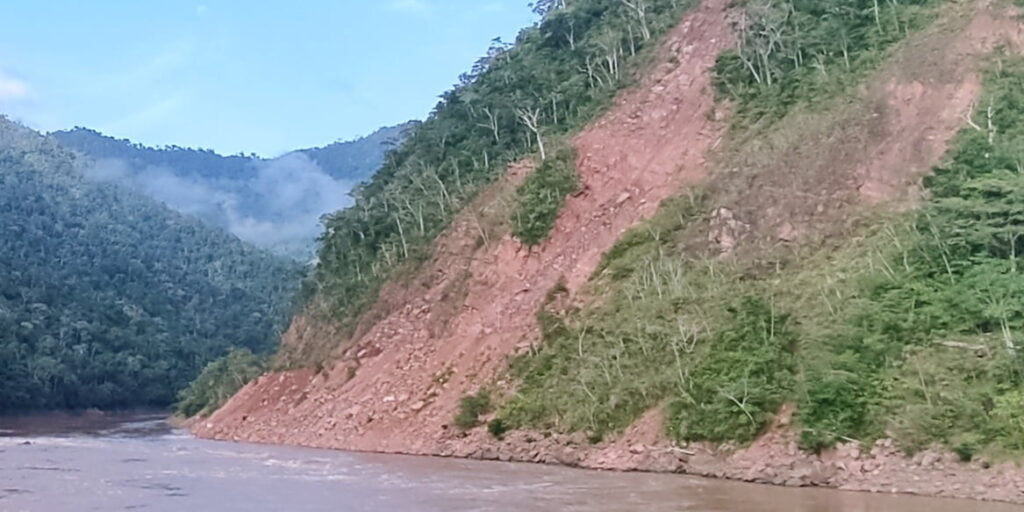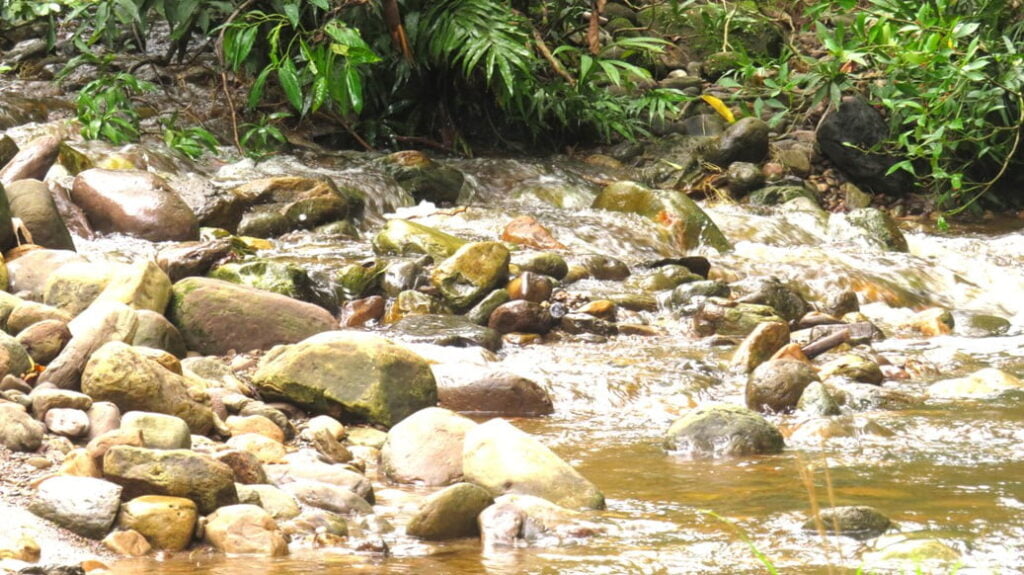Upcoming Reforestation Projects!
The Importance of Reforestation in San Martin, Peru .

Peru is one of the world’s most ecologically diverse countries, with a vast variety of ecosystems ranging from the Andean highlands to the Amazon rainforest. Sadly, deforestation has had a significant impact on Peru’s forests over the past several decades. Between 2000 and 2015, Peru lost over 1.5 million hectares of forest, making it one of the top ten countries in terms of deforestation. This is why we need to focus on reforestation projects to change the course of deforestation.
San Martin is no exception; here, too, the rainforest is disappearing, primarily due to illegal logging and agricultural and infrastructural development. Recent estimates indicate that the region has lost more than 70% of its natural rainforest cover.
The negative consequences of deforestation are numerous and far-reaching. It has led to soil erosion, climate change, reduced biodiversity, and the loss of natural habitats for wildlife. Not only is this problem affecting the local wildlife and ecosystem, but also the local communities that depend on the forest for their livelihoods.
Get ready for our upcoming reforestation projects!
Our projects will be carried out in the region of San Martin, with a focus on areas that have been heavily impacted by deforestation and habitat destruction. We want to work with local communities and professionals with experience to plant native trees, restore degraded land, and protect vulnerable ecosystems. Stay tuned for more updates on our upcoming reforestation projects. Visit our site regularly to see what we’re up to and learn how you can make a positive impact for the planet and future generations. Thank you for your support.
Soil Erosion
Let’s consider soil erosion. It is the movement of topsoil from one location to another by wind or water. When trees are cut down, the soil is no longer held in place by roots, making it much more vulnerable to erosion. This results in the loss of fertile topsoil, which reduces agricultural productivity significantly. Furthermore, trees play an important role in water flow regulation. If there are no trees to hold the soil in place, the risk of flooding increases. We see how the river banks collapse into the powerful surges of water, carrying trees, huge rocks, and anything else in their path with them. Not long ago, the street outside our house quickly turned into a raging river. The river flooded the entire town, causing extensive damage to many homes.

Changes in the climate
It is a global issue, and we will concentrate on the negative effects of deforestation on the climate and what we can do to restore balance. One of the Amazon rainforest’s most important benefits is its ability to regulate the Earth’s climate. The forest absorbs a lot of CO2, which helps reduce the amount of greenhouse gases in the atmosphere and reduce the impact of climate change. Furthermore, the Amazon rainforest produces a large amount of moisture, which is then transported to other regions, providing rain for crops and aiding in the regulation of regional climates. People in the area are complaining that it isn’t raining as much as it used to, and that worries them. Planting new trees not only improves the environment but also gives people hope that they can continue to rely on nature as they have in the past.

Reduced Biodiversity
This brings us to the next topic, reduced biodiversity. Forests are the most diverse ecosystems on the planet, home to millions of different plant, animal, and microorganism species. Deforestation reduces biodiversity by destroying these species’ habitats, which often leads to extinction. The San Martin titi monkey (locally known as Mono tocón), for example, is threatened by deforestation.

Reforestation is an important tool for reducing the negative impacts of deforestation. By planting new trees, we can help restore degraded forests and create new habitats for wildlife. And very importantly, reforestation can help offset the effects of climate change by absorbing carbon dioxide from the atmosphere. But we want to go beyond just planting trees. We plan to work with local communities, beginning with Chazuta, to establish sustainable permaculture systems that combine crop cultivation with tree planting. These systems offer a variety of advantages, such as improved soil health, increased biodiversity, and economic opportunities for farmers. In addition, we intend to implement education and awareness campaigns about the importance of preserving forests and their role in maintaining a healthy environment.
We have identified a stunning 104-hectare parcel of land located close to Chazuta. This exceptional property is characterized by its distinctive features, which include four distinct portions ranging in size from 22 to 30 hectares. We will be conducting a thorough investigation of this land with the goal of starting our first reforestation initiative. The land is truly special, with three portions of it being original rainforests and home to some of the world’s most incredible flora and fauna. We aim to preserve these areas in their original state for future generations. The fourth portion of the land has been used for grazing, and we plan to plant trees on this cleared land to help restore it to its original state and provide valuable habitat for wildlife.
To make this project a reality, we need your support. We plan to involve the local community in this project, providing employment and education opportunities to those who will help us protect and restore this precious land. Your contributions, no matter how small, will help us achieve our goal. Together, we can create a world that is cleaner, greener, and healthier for all.

